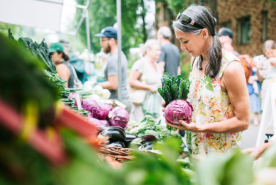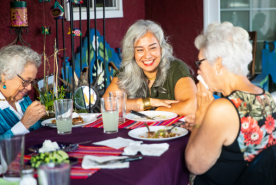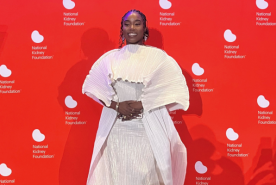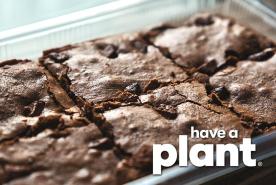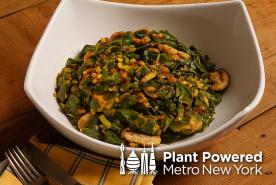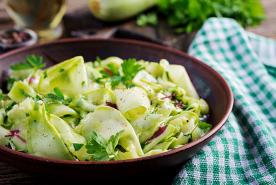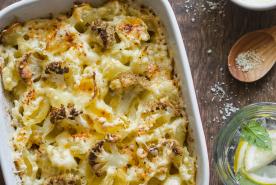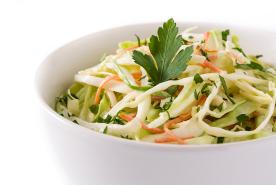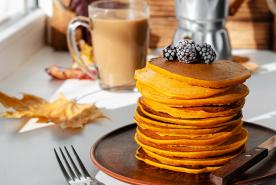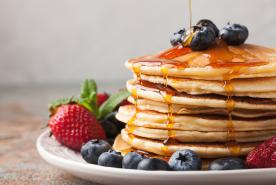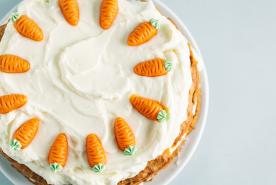Last updated: January 02, 2023
Medically reviewed by: NKF Patient Education Team
Beans are great for kidney health. They're low in fat, high in fiber, protein, iron, potassium, and magnesium.
Table of Contents
- Why are beans a superfood?
- Beans and kidney disease
- Chronic kidney disease and transplant recipients
- Hemodialysis (3 times a week)
- Daily home and nocturnal hemodialysis and peritoneal dialysis
- Kidney stones
- Bean nutrition facts
- Recipe
- Want to save this information for later?
- For more information, contact the National Kidney Foundation
Beans are in the legume family which includes dried lentils and split peas. Recent research shows the benefits of plant-based foods in the kidney diet. Beans are great for people with kidney disease to enjoy. Beans are affordable and easy to get! Beans are available at very low prices at grocery stores, food pantries, corner stores, dollar stores, and more.
Why are beans a superfood?
Beans are low in fat and have no saturated fat, trans fat, or cholesterol helping protect your heart from heart disease.
They are also high in:
- Fiber: helps you stay full longer, so you eat less, lowers bad cholesterol, slows how quickly blood sugar rises after a meal, and feeds the good bacteria in your gut.
- Protein: provides 6-8 grams of protein in ½ cup and is a great non-animal protein option.
- Iron: a good source of iron providing almost ⅓ of your recommended iron intake.
- Potassium and magnesium: two minerals that help heart function and control blood pressure.
Beans and kidney disease
Since beans are a plant-based food, the phosphorus and potassium from beans are not absorbed as well as the phosphorus and potassium from animal sources or phosphate and potassium additives. The amount of potassium and phosphorus you can have each day will depend on your stage of kidney disease or the type of treatment you receive. Learn more.
Chronic kidney disease and transplant recipients
Most people with CKD not on dialysis and post-transplant do not have to limit beans due to potassium or phosphorus. If your laboratory results show higher levels of potassium or phosphorus, talk to a kidney dietitian. Find a kidney dietitian.
Recipe
Three beans salad
Makes 16 servings
Ingredients
- 1 can low sodium green beans, drained and rinsed
- 1 can low sodium wax beans, drained and rinsed
- 1 can low sodium kidney beans, drained and rinsed
- 1 small yellow or white onion, sliced into thin rings
- ⅔ cup white vinegar
- ⅓ cup vegetable oil
- 1 tsp pepper
- ½ tsp celery seed
- 2 Tbsp sugar
Instructions
- Mix all the ingredients in a bowl.
- Marinate the salad in the refrigerator for at least 12 hours before serving.
Nutritional facts per 1/2 cup serving
| Calories | 71 |
|---|---|
| Fat | 5 g |
| Cholesterol | 0 mg |
| Carbohydrate | 6 g |
| Sugar | 2 g |
| Potassium | 89 mg |
| Phosphorus | 22 mg |
| Calcium | 19 mg |




